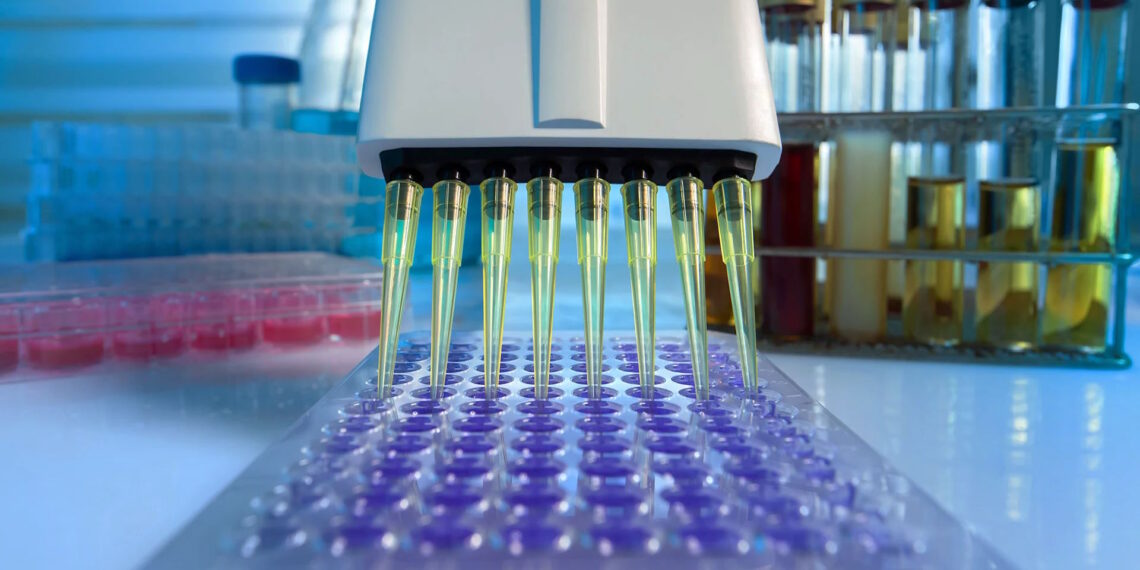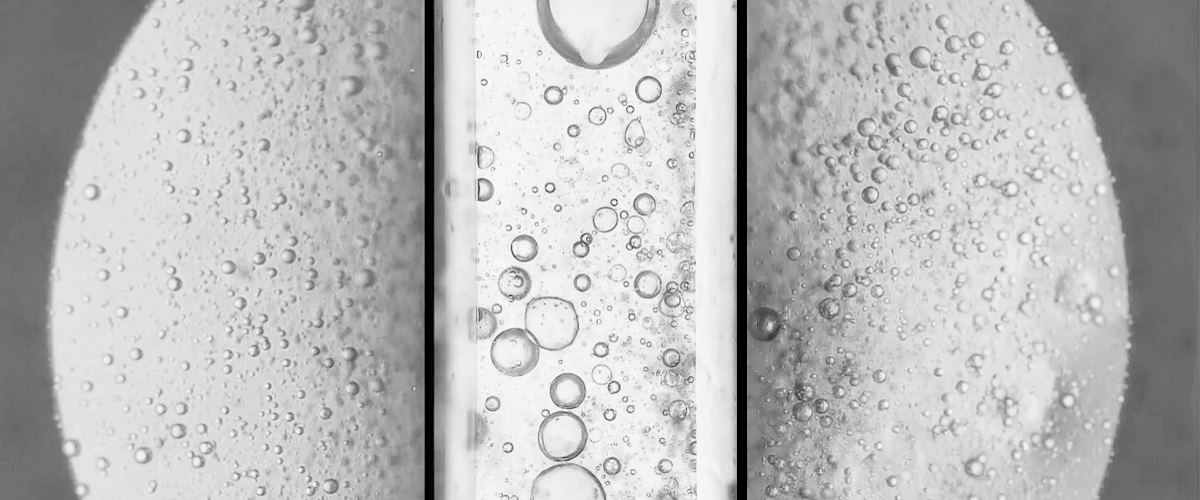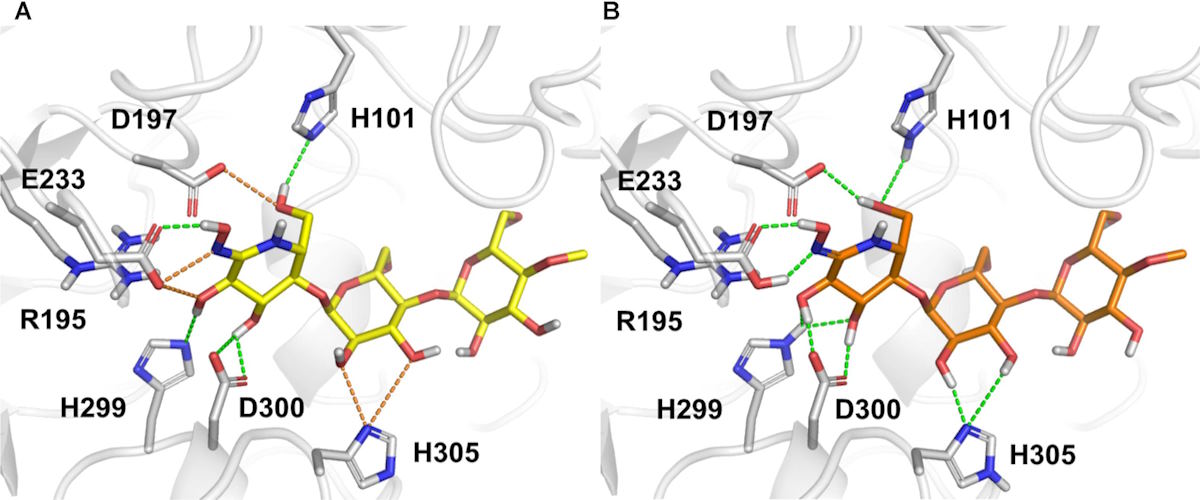Types of Biomolecular Screening Methods

Biomolecular screening plays a crucial role in identifying potential drug candidates and understanding biological mechanisms. Several screening methods are used in research and drug development to analyze the interactions between biomolecules. This article explores high-throughput screening (HTS) techniques, surface plasmon resonance (SPR) technology, and microarray analysis in biomolecular screening.
High-Throughput Screening (HTS) Techniques
High-throughput screening (HTS) is a method used to rapidly test large numbers of biological compounds to identify potential drug candidates. HTS techniques allow researchers to evaluate thousands to millions of samples in a short time, making it ideal for drug discovery.
- Automation: HTS relies heavily on automation to test many compounds simultaneously, increasing efficiency and reducing human error.
- Versatility: HTS can be used for a variety of applications, including enzyme inhibition studies, receptor-ligand binding, and cytotoxicity tests.
- Quantitative data: HTS provides large datasets that can be analyzed to determine the most promising candidates for further testing.
HTS is one of the most widely used methods in pharmaceutical research, enabling the rapid identification of lead compounds for drug development.

Surface Plasmon Resonance (SPR) Technology
Surface plasmon resonance (SPR) is a label-free technique used to study biomolecular interactions in real time. SPR technology detects changes in the refractive index on a sensor surface when biomolecules bind to it, allowing researchers to monitor interactions without the need for labeled reagents.
- Real-time monitoring: SPR provides immediate feedback on the binding kinetics of biomolecular interactions.
- High sensitivity: SPR can detect even weak or transient interactions, making it ideal for studying protein-ligand interactions.
- No labeling required: Since SPR is label-free, it avoids the potential drawbacks of labeling agents, such as interference with the biomolecule’s function.
SPR technology is widely used to assess the binding affinity and kinetics of potential drug candidates, making it an essential tool in the drug discovery process.
Microarray Analysis in Biomolecular Screening
Microarray analysis is a powerful tool used to measure the expression levels of thousands of genes simultaneously. It uses a small solid surface, such as a glass slide, to which thousands of DNA probes are attached. Biomolecules, such as DNA, RNA, or proteins, are then applied to the array, and their interactions are measured.
- Gene expression profiling: Microarrays allow researchers to examine gene expression in different biological conditions, helping identify biomarkers for diseases.
- High throughput: Similar to HTS, microarrays can handle large datasets and analyze thousands of genes at once.
- Applications: Microarrays are widely used in genomics, cancer research, and drug discovery to understand the underlying molecular mechanisms of diseases.
Microarray analysis is crucial in identifying biomarkers and understanding gene expression patterns in various biological processes, contributing significantly to drug development.
Biomolecular screening methods, such as high-throughput screening (HTS), surface plasmon resonance (SPR) technology, and microarray analysis, are essential tools in modern drug discovery and biological research. Each method offers unique advantages, whether it’s the ability to analyze large datasets quickly, monitor interactions in real-time, or examine gene expression on a broad scale. These techniques are invaluable in the search for new therapeutic agents and in advancing our understanding of complex biological systems.


